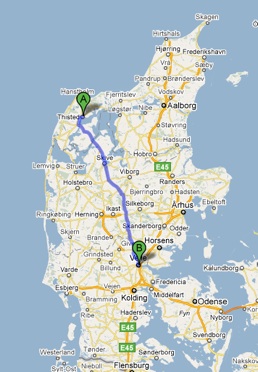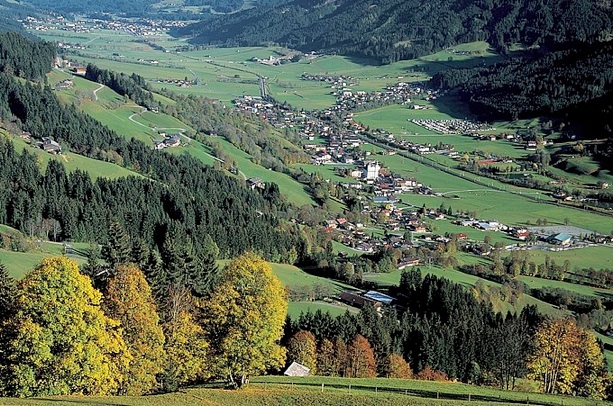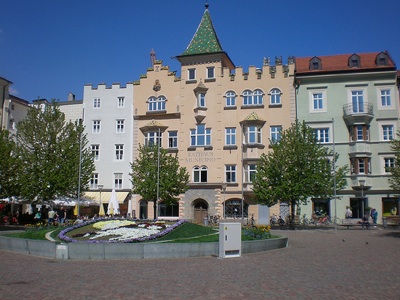Scandinavian Names

The patronymic naming system was used in Scandinavia until about 1850. That means a Swedish child’s last name was created by taking the father’s first name and adding son or dotter to it depending on if they were male or female. In Denmark they added sen or datter. A Swedish boy named Anders Pedersson was "Peder’s son." A Danish girl named Maria Pedersdatter was "Peder’s daughter." Because of this system, the father, mother, son and daughter would all have different last names. Conversely, many people in the same area could have the same last name yet be totally unrelated.
Scandinavian females did not take the last name of their husbands when they married. They carried their maiden name throughout their lives. If you find a Lars Pedersen and a Caisa Pedersdatter getting married and having a child, the record simply means that Lars was the son of a "Peder" somebody, and Caisa was the daughter of a different "Peder" somebody.
Record keepers recorded names the way they thought they should be spelled. Because the majority of people did not know how to read or write, the spelling of names varied with each record keeper.
Sometimes when a farmer moved to a larger city he would add to his name the place he was from to help identify himself. Or sometimes he would use the name of the town he was from instead of his patronymic last name. Occasionally a military title or occupation was used as a last name.

The name Brixen was used by our Danish ancestors for at least 6 generations which is fairly unusual. Brixen was used following the patromynic last name for 3 generations preceding Martin Gutke Brixen. In the fourth generation, Brixen was picked up from the mother, Karen Pedersdatter Brixen, instead of the father. Her father used the name Brixen as well as his father. He was Peder Pedersen Brixen, born in about 1684 in Thisted, Denmark, and that’s where our records end.
All of our Danish Brixen ancestors were born in Thisted. Niels Hansen, who married Karen Pedersdatter Brixen, moved to Thisted from Vejle, about 90 miles south. The fact that his children added Brixen to their patromymic last name of Nielsen indicates that the name Brixen carried some prestige or honor.

The Brixen Name
There are 2 places in the world named Brixen. Brixen Im Thale is a beautiful village located in the Austrian Alps. It’s primarily a hiking, skiing resort-type town.
The other is a city called Brixen (or Bressanone) located about 50 miles away in northern Italy near the border with Austria. German is the primary language spoken in both of these towns. The city of Brixen has its own coat of arms, shown above, and was originally established as a Catholic diocese. In 1039 the Bishop of Brixen, Poppo, was elevated to Pope by emperor Henry III, but his reign lasted for only 23 days. I’m sure there’s an interesting story there.
The main features of the town Brixen include a Cathedral built in the tenth century and then restored in the 13th and 17th centuries, a round Parish Church of St. Michael built in the 11th century, and a Bishop’s Palace built in the 13th century.
One has to wonder is there isn’t some connection between this religious based town and the name used by our Danish ancestors. The town of Brixen, Italy is located 900 miles from Thisted, but our Brixens could have migrated from there and used the name Brixen to distinguish themselves.




Brixen Cathedral
Brixen Townhall
